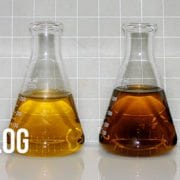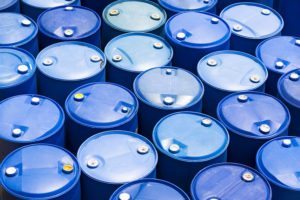
ASTM D2896 Base Number
The first concern I have with ASTM D 2896 is a concern of laboratory safety, which I am quite concerned with and most customers are unaware of. Simply put, the safety concerns of ASTM D2896 are considerable. The reagents used for this test are basically some of the most hazardous I have ever encountered in my professional career.
Hazardous Chemicals
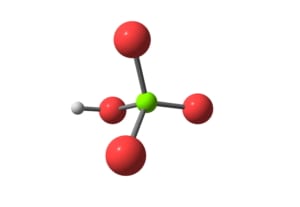
The titrant used in ASTM D2896 is Perchloric Acid. This is a very strong acid that is corrosive, an oxidizer and may cause organ damage over prolonged periods of exposure. As an oxidizer, it has been known to cause explosions. One of the solvents used in this test is Chlorobenzene, a chlorinated solvent that is extremely harmful to the environment. In fact, it is so harmful that it is banned in many countries around the world. Suffice it to say, the chemicals used in this test are dangerous to those who perform the test.
|
Perchloric Acid
On February 20, 1947, a violent explosion rocked the city of Los Angeles, California resulting in the deaths of 17 people and the wrecking of 116 buildings including the complete demolition of the O’Connor Electro-Plating Works, source of the blast. From the mass of information and misinformation, which varied from the early rumors of a powerful new army explosive, prematurely set off, to the decision, almost three weeks later, of the coroner’s jury that the explosion may have resulted from the contamination of a solution of perchloric acid and acetic anhydride with “easily oxidizable materials,” perchloric acid emerged as the nation-wide object of underwriters’ investigations. |
Right Tests, Right Fluids, Right Equipment, Right Environment
My other concerns are with providing fluid analysis results that use the right tests on the right fluids for the right equipment in the right environment. Tests and test methods could change based on all of those factors, and too many customers request ASTM D2896 to measure an oil’s base number for good, yet misguided, reasons.
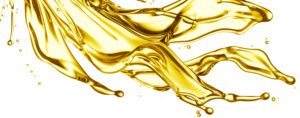 Background on Base Number Testing
Background on Base Number Testing
First, a little bit about base number and how it is measured. The results from a base number test is vitally important to you from a maintenance and reliability aspect. Alkaline elements are added to base oils to react with the weak acids formed during diesel fuel combustion. The alkaline reserve neutralizes the acids and form slightly basic degradation products that are no longer capable of reacting to the weak acids. Eventually the alkaline reserve in the lubricant is depleted to the point where the oil can no longer protect equipment from acid corrosion.
Brief History of ASTM D2896
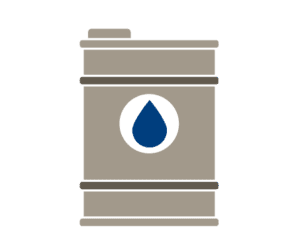
ASTM D2896 was designed purely to determine alkalinity reserve in new lubricants. I’ll repeat that last bit, as it is the crux of the issue; new lubricants. The test uses Perchloric Acid as a titrant because it reacts quickly and reliably with the large alkalinity reserve in new lubricants. ASTM D2896 then measures the titration product to determine the strength of the alkaline reserve. This method is reliable, which is why it is still used by oil manufacturers and listed on oil spec sheet.
However, perchloric acid is too strong to use when weakly-basic degradation products are present, especially oils used in internal combustion engines. When ASTM D2896 is applied to in-service fluids, the perchloric acid reacts to every basic element available. Instead of measuring the alkaline reserve like we want, it also titrates with the degradation products. This can result in what ASTM refers to as a “falsely exaggerated” or sometimes even “falsely understated”. For these reasons, ASTM says:
“When the base number of the new oil is required as an expression of its manufactured quality, Test Method D2896 is preferred, since it is known to titrate weak bases that this test method (ASTM D4739) may or may not titrate reliably.”
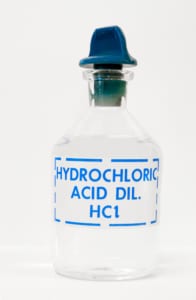
ASTM D4739 – A New Method?
The solution required a new method for base number testing in in-service fluids. ASTM D4739 substitutes Hydrochloric Acid as the titrant rather than perchloric acid. Because hydrochloric acid is weaker than perchloric acid, it only reacts to the alkaline reserves and not the slightly-basic degradation products.
Further, ASTM D2896 can give very poor inflection points or even multiple poor inflection points on in-service lubricants, especially if they are seriously degraded. This makes giving accurate and reliable results challenging at best, and flat out wrong, at worst. To make this scenario even worse, perchloric acid will react with wear metals in the in-service fluids. This will result in more titrant being consumed, giving a higher base number results. This can result in hiding a problem that could be resolved if you knew the real value.
The ASTM methods are pretty clear on this. ASTM D2896 should be used for new lubricants and ASTM D4739 should be used for in-service applications. However, many customers request ASTM D2896 on in-service lubricants. Why is that? I believe the main driver of this is the fresh lubricant specification or certificate of analysis lists ASTM D2896 as the method for base number testing.
ASTM D4739 / ASTM D2896 Scenario
An important part of the discussion is this essential fact- not all the tests performed on a lubricants certificate of analysis are pertinent for condition monitoring of in-service lubricants. Many tests performed on fresh lubricants are designed to prove that all additives have been added to the blend as a quality control test. As a result, if you only request testing based on your certificate of analysis from the manufacturer, you are not getting the right data to make an accurate and reliable maintenance recommendation. Best case scenario, you are paying for testing that gives you no or limited information on the maintenance and reliability of your equipment. Worst case scenario, you could be getting misleading results. This is particularly the case in the ASTM D4739 / ASTM D2896 scenario.
Change to ASTM D4739
As a result, ASTM D4739 is definitely the method of choice for in-service fluids. Do yourself a favor, make the change today and improve the quality of the information you can use to improve your reliability.
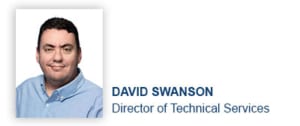
Proven Impact. Proven Uptime. Proven Savings.
Let us prove it to you.
Published July 7, 2020
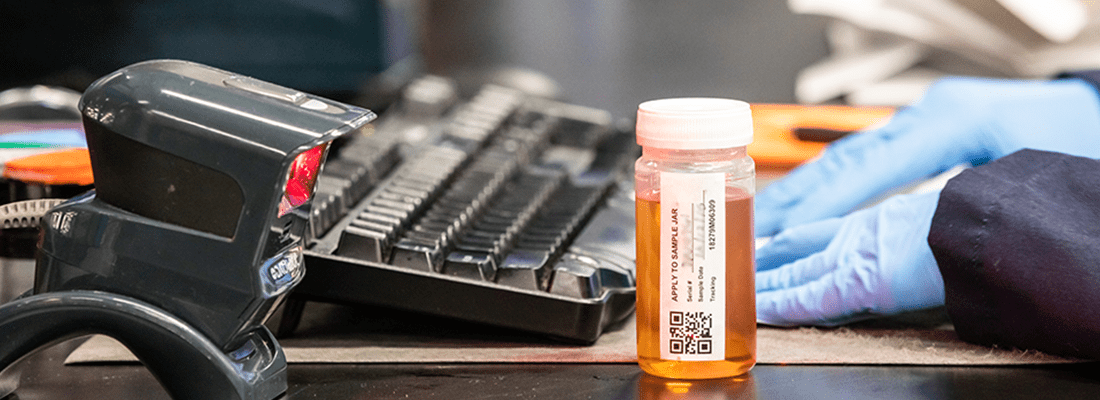
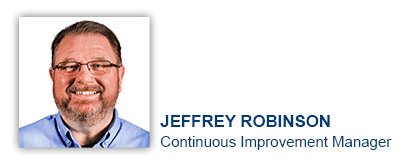

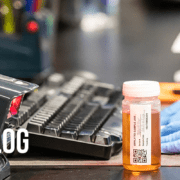
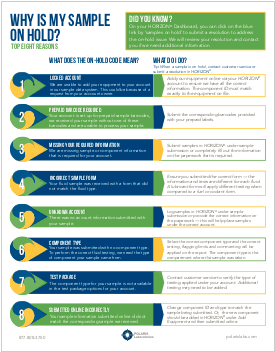




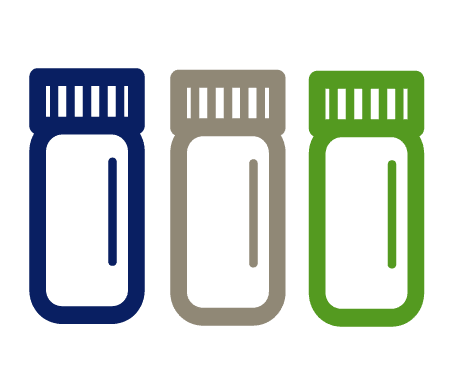







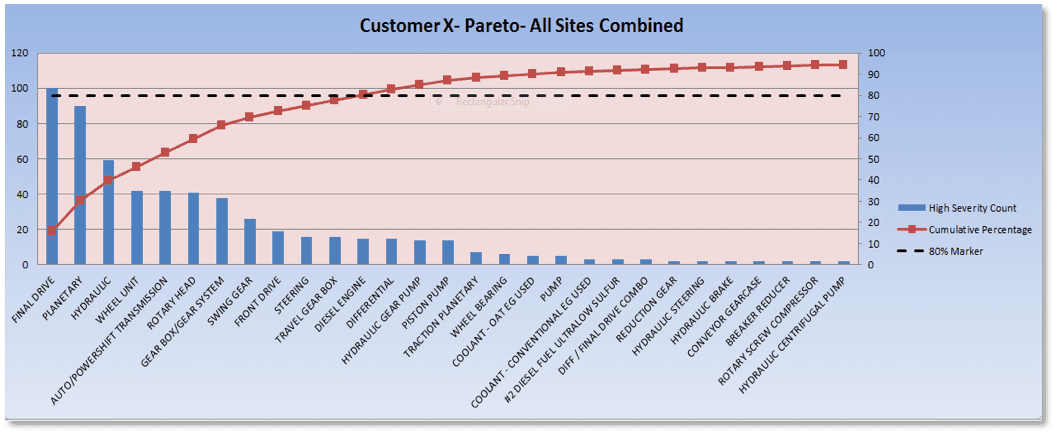


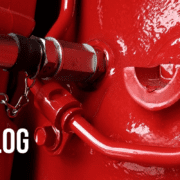
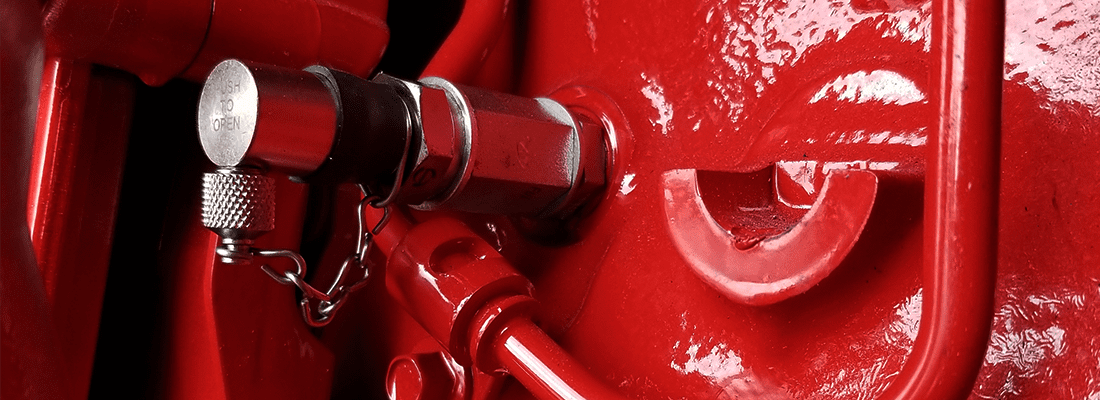
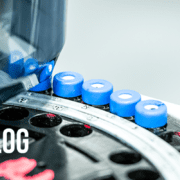
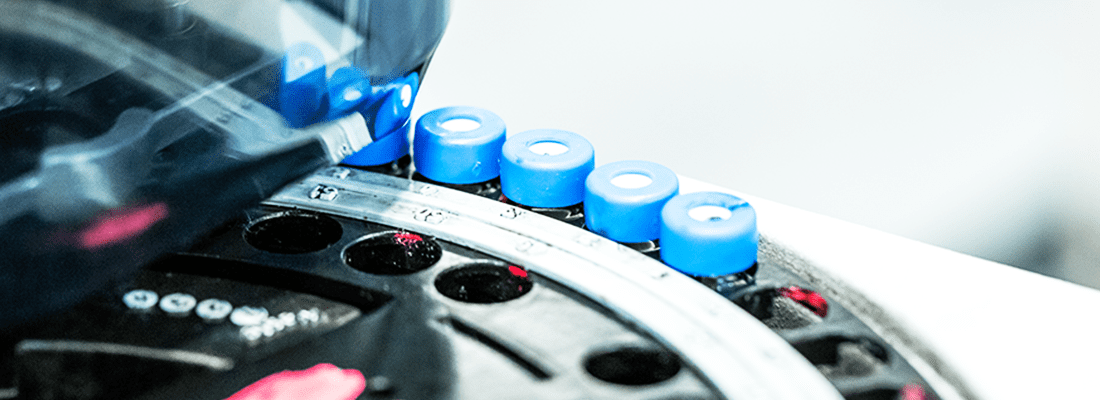 Oil Analysis: The First Question
Oil Analysis: The First Question



 Background on Base Number Testing
Background on Base Number Testing


